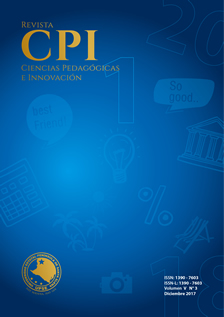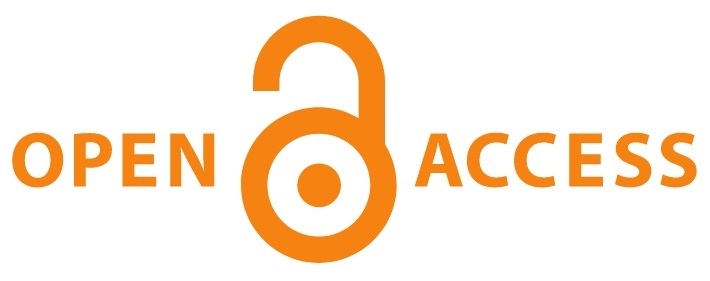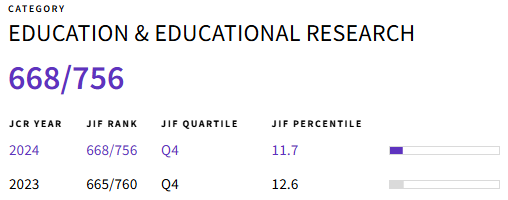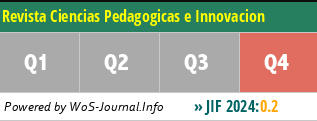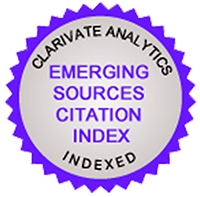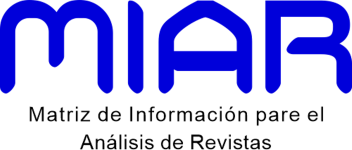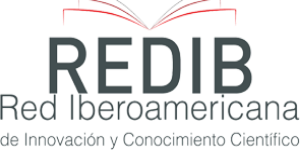Ergonomic risks evaluation in the stevedoring area and central panel monitoring, through rula and ocra methods, in Guapan industries
DOI:
https://doi.org/10.26423/rcpi.v5i3.164Keywords:
RULA method, OCRA method, Ergonomic Risks, Work Safety, Occupational HealthAbstract
This article presents the evaluation of ergonomic risks in the areas of monitoring and stowage of central panel, of Industrias Guapán company, using the methods RULA (Rapid Upper Limb Assessment)) and OCRA (Occupational Repetitive Action), applied to one work station, pretending to analyze the tasks of the post of stevedore of cement for the evaluation of the positions assumed by the worker during the implementation of the task. This will determine the ergonomic risks of each position and recommend measures to reduce ergonomic risks found; using methods completely experimental, with a field investigation, that allow to obtain effectively data to help you make decisions about the correct implementation of disaster mitigation plans, depending on the different risks valued at officials of the company. At the end is able to determine that: applying the method RULA it could be observed that the increased risk is at the level of forearm, wrist, trunk and neck, it is also necessary to purchase a support structure to raise the notebook to the proper height of the worker to avoid bending the neck; and, that through the method okra, it could be observed that there is a high risk by mechanical overload of the upper extremities, so it is recommended to immediate corrective actions
Downloads
References
Alminiatty, K (2001): Gerencia Integral en Salud, Quito: Editorial UPTL.
Anónimo. Planes de emergencia. s.f. Disponible en: https://www.um.es/sprevencion/documentos/Planesdeemergencia.pdf.
Ansoff, H.I., Declerk R.P. & Hayes R.L., (1988): El Planteamiento Estratégico, Ciudad de México: Trillas.
Burgwal, G; Coeller, JC (2005): Planificación Estratégica y Operativa, Quito: Impresiones Digitales UPS.
Cattaneo, M. Elaboración del plan de emergencias. s.f. Disponible en: http://www.fisoweb.org/imagenes/publicaciones/archivos/2429.pdf
Cornejo, M (2007). Plan de seguridad integral escolar. Los condes. Disponible en: https://es.scribd.com/doc/29446355/4/MetodologiaAIDEP
Cuerpo de Bomberos del Distrito Metropolitano de Quito. Formato para la elaboración del plan de emergencia. s.f. Disponible en: http://www.enquitoecuador.com/userfiles/formatoplandeemergencia.pdf
Dirección Nacional de Gestión Pública. Modelo a modo de ejemplo de Plan de Emergencia. s.f. Madrid.
Gobierno de Chile (2004). Guía básica para el diseño de un plan de emergencia. Disponible en:
http://www.preventionweb.net/files/28726_guabsicaparaeldiseodeunplandeemerge.pdf
https://www.iess.gob.ec/multimedias/revista_digital/ver2/files/revista%20ok%20iess.pdf
http://www.camarazaragoza.com/prevencion/docs/proyectos/proyectos1.pdf
http://www.ergocupacional.com/4910/58958.html
http://www.uhu.es/servicio.prevencion/menuservicio/info/ergonomia/eva_riesgos_ergonomicos.pdf
http://www.croem.es/prevergo/formativo/5.pdf
http://www.croem.es/prevergo/formativo/1.pdf
http://prevalia.es/sites/prevalia.es/files/documentos/aje_ergonomicos.pdf.
http://www.ergonautas.upv.es/metodos/reba/rebaayuda.php
Gobierno de Chile. Metodología básica para la elaboración de un plan de prevención y de respuesta por actividad sísmica. s.f. Disponible en: http://www.gobernacionmelipilla.gov.cl/filesapp/planemergencia_sismo.pdf
IESS, (2011). Reglamento del Seguro General de Riesgos del Trabajo. Consejo Directivo del IESS. No. C.D. 390. Registro Oficial Nº 599 (suplemento): 36 pág.
INEN. Simbología bajo normas INEN. s.f. Disponible en: http://www.ila.org.pe/publicaciones/doc/INEN/i_440.doc
Downloads
Published
Issue
Section
License
El titular de los derechos de autor de la obra, otorga derechos de uso a los lectores mediante la licencia Creative Commons Atribución-NoComercial-CompartirIgual 4.0 Internacional. Esto permite el acceso gratuito inmediato a la obra y permite a cualquier usuario leer, descargar, copiar, distribuir, imprimir, buscar o vincular a los textos completos de los artículos, rastrearlos para su indexación, pasarlos como datos al software o usarlos para cualquier otro propósito legal.
Cuando la obra es aprobada y aceptada para su publicación, los autores conservan los derechos de autor sin restricciones, cediendo únicamente los derechos de reproducción, distribución para su explotación en formato de papel, así como en cualquier otro soporte magnético, óptico y digital.

